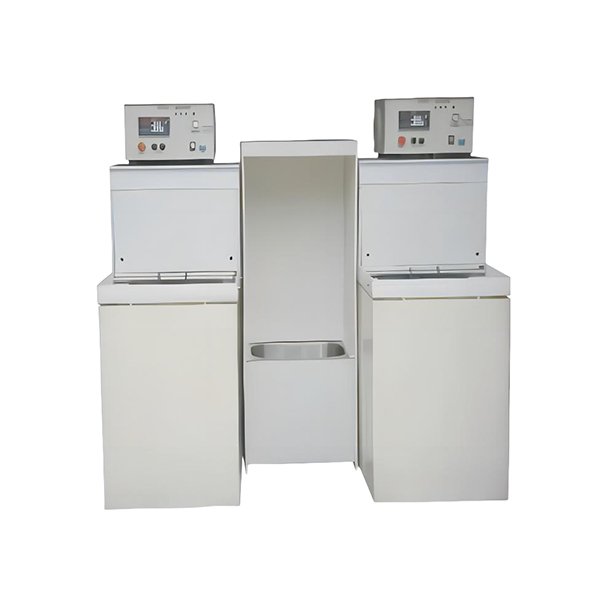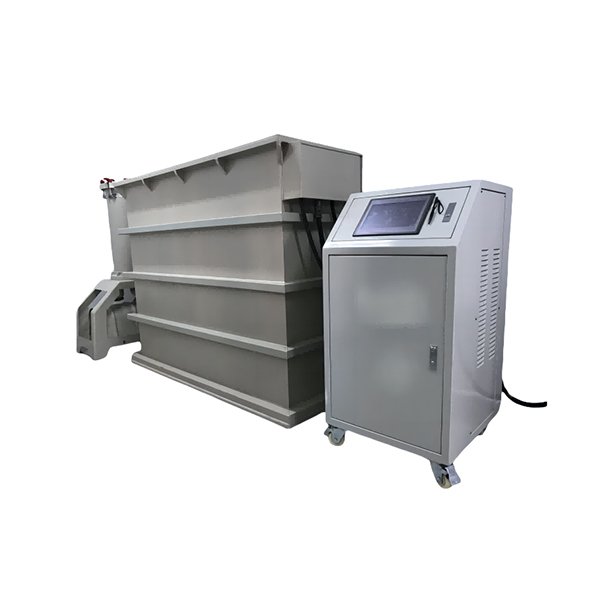In the realm of industrial manufacturing, the quest for precision, efficiency, and innovation is relentless. Among the myriad of techniques employed, electroforming has emerged as a critical process. This article explores the comparison between traditional electroforming systems and the more advanced holographic electroforming systems, examining their features, advantages, challenges, and applications.
Understanding Electroforming
Electroforming is a manufacturing process that involves depositing metal onto a mold to create complex shapes and structures. This technique is widely used in industries ranging from electronics to jewelry, offering the ability to produce intricate designs and high-quality finishes. The process typically involves an electrolytic cell where metal ions are reduced and deposited onto a conductive surface.
Traditional Electroforming Systems
Traditional electroforming systems utilize straightforward electrochemical processes. Here, metal is deposited from a solution onto a pre-existing mold, usually made of a non-conductive material. The mold must be conductive, often achieved through a layer of conductive paint or a metallic coating.

Advantages of Traditional Systems
-
Simplicity: Traditional electroforming systems are relatively simple to set up and operate. The process requires basic equipment and can be easily integrated into existing manufacturing lines.
-
Cost-Effectiveness: The initial investment for traditional systems is lower compared to advanced technologies. This makes it an attractive option for smaller manufacturers or those just starting in electroforming.
-
Mature Technology: With decades of use, traditional electroforming systems benefit from established processes and a wealth of knowledge regarding best practices and troubleshooting.
Challenges of Traditional Systems
-
Limited Precision: While traditional systems can produce high-quality results, they are often limited in their ability to achieve the extreme precision required for cutting-edge applications.
-
Longer Lead Times: The process can be time-consuming, particularly when producing complex geometries that require extensive tooling and setup.
-
Material Constraints: Traditional systems may be restricted in the types of materials used, often relying on conventional metal solutions.
Holographic Electroforming Systems
Holographic electroforming is a novel approach that leverages holographic techniques to enhance the electroforming process. This method involves the use of a holographic medium to create complex patterns and structures with unprecedented accuracy.
Advantages of Holographic Systems
-
Enhanced Precision: Holographic electroforming allows for the creation of intricate patterns and designs that are difficult or impossible to achieve with traditional methods. This precision is crucial in industries like aerospace and medical devices, where tolerances are tight.
-
Reduced Material Waste: By optimizing the electroforming process through holography, manufacturers can minimize waste, making it a more sustainable option. The ability to use fewer materials without compromising quality is a significant advantage in today’s environmentally conscious market.
-
Faster Production Times: Holographic systems can significantly speed up production times. The ability to create complex designs in a single pass reduces the need for multiple operations, allowing for quicker turnaround on projects.
-
Versatility: Holographic electroforming can adapt to a variety of materials and applications, providing manufacturers with the flexibility to innovate without being constrained by traditional methods.
Challenges of Holographic Systems
-
Higher Initial Investment: The technology behind holographic electroforming can require a significant upfront investment. This may deter smaller companies or those with limited budgets from adopting the technology.
-
Complexity in Operation: Holographic systems often require specialized knowledge and training to operate effectively. This can lead to a steeper learning curve for personnel.
-
Limited Availability: As a relatively new technology, holographic electroforming systems may not be as widely available as traditional systems. This can create challenges for companies looking to implement this technology.
Applications in Industrial Manufacturing
Both traditional and holographic electroforming systems find diverse applications across various industries, each suited to different needs and specifications.

Traditional Applications
Traditional electroforming is commonly used in:
-
Jewelry Manufacturing: Creating intricate designs and high-quality finishes for jewelry.
-
Electronics: Producing components such as connectors and circuit boards.
-
Art and Design: Crafting sculptures and decorative items with detailed patterns.
Holographic Applications
Holographic electroforming is gaining traction in:
-
Aerospace: Manufacturing components that require high precision and lightweight materials.
-
Medical Devices: Producing intricate parts for implants and surgical instruments.
-
Optics: Creating high-quality lenses and optical components with complex geometries.
Comparing Efficiency and Cost-Effectiveness
When comparing traditional and holographic electroforming systems, efficiency and cost-effectiveness are critical factors.
Efficiency
While traditional systems can be efficient for straightforward applications, holographic systems excel in high-precision environments. The ability to produce complex geometries in a single operation drastically reduces production times.
Cost-Effectiveness
Traditional systems present a lower initial cost, making them suitable for small-scale operations. However, the long-term benefits of holographic systems — including reduced waste and faster production times — may offset the higher initial investment for larger manufacturers or those requiring precision.

Conclusion
In conclusion, the comparison between traditional and holographic electroforming systems reveals significant differences in precision, efficiency, and application suitability. While traditional systems remain valuable for many manufacturing processes, holographic electroforming offers advanced capabilities that cater to the evolving demands of industries requiring high precision and reduced waste. As technology continues to advance, manufacturers must weigh the benefits and challenges of each method to determine the best fit for their operational needs. The future of electroforming looks promising, with innovations paving the way for more efficient and sustainable manufacturing practices.
Working Principle and Application of Holographic Electroforming System
www.zhhologram.com
Wuxi Zhongheng New Anti Counterfeiting Technology Co., Ltd.
